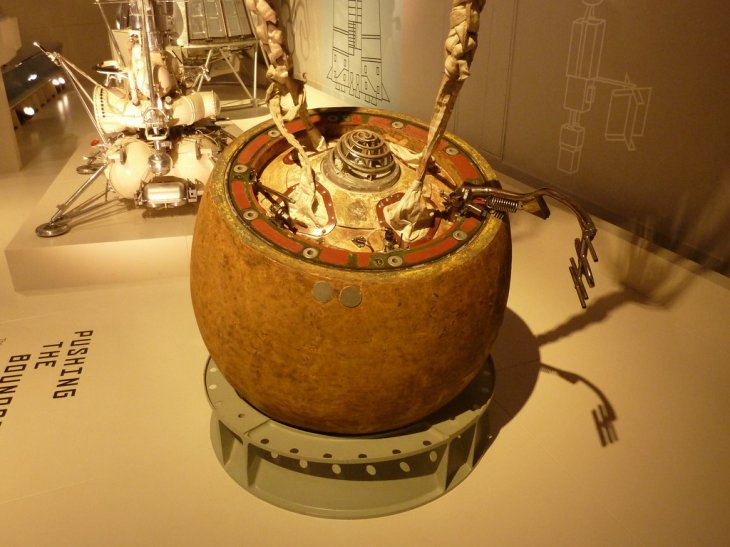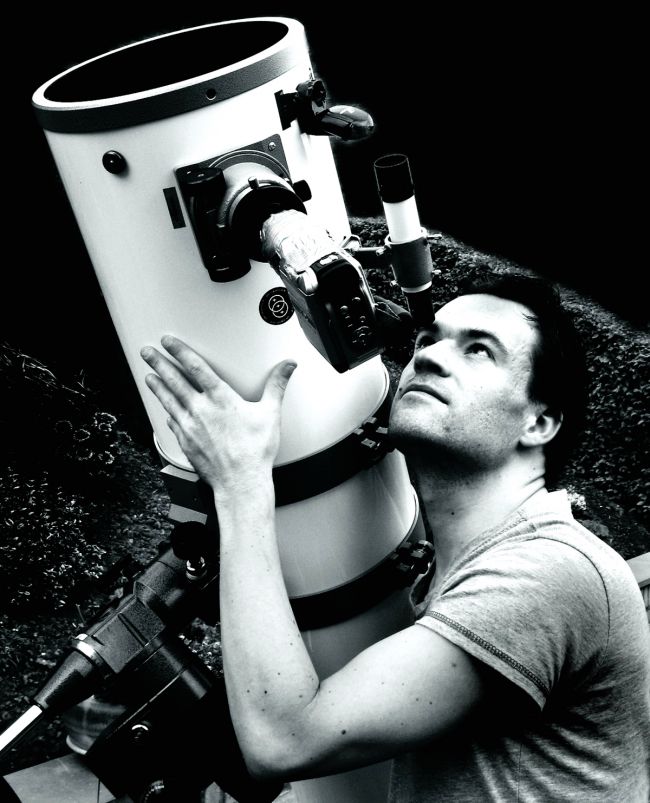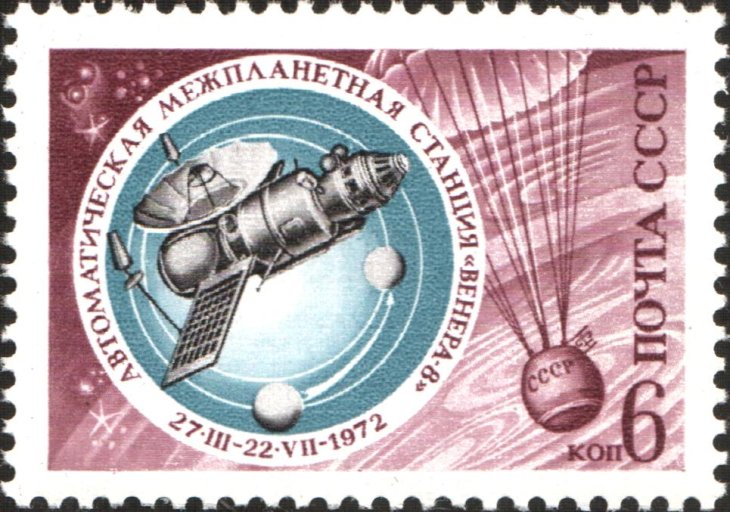A Soviet Union’s Probe From The Cold War Could Make An Re-Entry To Earth This Year
Aadhya Khatri - Feb 28, 2019

Cosmos 482 was considered a failed mission but its parts are still orbiting the Earth. This year, the probe's capsule may crash to Earth.
Before we talk about the probe that is probably heading straight back to Earth, let’s go back for a moment to the 1970s when the US and the Soviet Union were still in the Cold War. On the 31st of March 1972, the Cosmos 482 Venus was launched. However, this Soviet probe’s expedition did not go well. It got stuck in the Earth orbit until today, and its remains are considered space debris ever since.

We would probably not remember nor hear about this unfortunate event ever again if experts did not announce that it will crash soon, maybe before the end of this year.
After the failed flight, Cosmos 482’s hardware, such as equipment and a heavy frame, fell into Earth immediately, but some remained drifting.
The Venera 8, Cosmos 482’s successor, had a better fate than its sister. It was the second spacecraft to make it to Venus successfully, according to Don Mitchell, who had quite an impressive knowledge of the Soviet’s Venus project. Venera 8’s lander was able to send back data for 50 minutes 11 seconds before failing due to the severe conditions on Venus. The Venera 8 was made up of a bus and a lander, which took after the Venera 7’s design.

The first Venus landing was a Soviet’s achievement too, and the probe that did it was the Venera 7. However, it could not last as long as the Venera 8 as it managed to send back data for only a few minutes.
The images that collected from the Venera probes from the first landing through the mid-1980s have been serving scientists in studying this harsh planet even until today.
If you are wondering if the debris can survive its way back home, the answer is probably yes. The Cosmos 482’s capsule was designed to resist the harsh condition of Venus’s atmosphere with its competent thermal protection.
And it may not deploy a parachute as Thomas Dorman; a satellite watcher confirmed that the batteries firing that mechanism ran down a long time ago.
Sharing his thought on the matter, Ralf Vandebergh, an astrophotographer who has spent the last 8 years watching the remains, said that the current state of the Cosmos 482’s debris is still unknown.

We did not even know for sure which parts of the probe are drifting up there. So far, what he can confirm is that evidence of small structures was found.

His equipment for this observation is a 10-inch aperture telescope. Vandebergh had been watching at many angles, illumination angles, and in various conditions.
For Dorman, his equipment recently caught images of the Cosmos 482, and he said that what he saw was a flare object. However, with an earlier assumption that only the capsule is aloft, which cannot have a flaring shape, this newer observation leads to another guess that part of the bus is still attached to the capsule.
Dorman said that he thought at least 40% to 50% of the bus is still up there with the capsule. He projected that the Cosmos 482’s remain might crash to Earth later this year or sometime before the mid of 2020. He also noted that this is not an exact science but more like an art. Another aspect that could have an impact on the re-entry time is the unpredictability of solar activities of the year 2020.
The Cosmos 482’s orbit puts it at the points of over 1,700 miles away from Earth, but when it reaches its lowest points, this distance is reduced to just 125 miles (200 km).
Making assumptions on the behavior of the Cosmos 482 is as hard as trying to wrap your head around the course of a shipwreck that is moving at an extremely fast speed. Not to mention the lightning changes constantly and the ocean’s depth is a few hundred miles. The exposing time is mere seconds, and people have only a handful of chances to see it per year.
Some even believe that the probe will not crash this year. Instead, it will stay in orbit for 2 and a half years before re-entry. However, no one knows for sure which projection will become true.
According to T.S. Kelso of CelesTrak, a group that observes the objects that are orbiting Earth, given that the object is very dense, it might withstand the re-entry and remain up there for a little longer than we expect.
Featured Stories

Features - Jul 01, 2025
What Are The Fastest Passenger Vehicles Ever Created?

Features - Jun 25, 2025
Japan Hydrogen Breakthrough: Scientists Crack the Clean Energy Code with...

ICT News - Jun 25, 2025
AI Intimidation Tactics: CEOs Turn Flawed Technology Into Employee Fear Machine

Review - Jun 25, 2025
Windows 11 Problems: Is Microsoft's "Best" OS Actually Getting Worse?

Features - Jun 22, 2025
Telegram Founder Pavel Durov Plans to Split $14 Billion Fortune Among 106 Children

ICT News - Jun 22, 2025
Neuralink Telepathy Chip Enables Quadriplegic Rob Greiner to Control Games with...

Features - Jun 21, 2025
This Over $100 Bottle Has Nothing But Fresh Air Inside

Features - Jun 18, 2025
Best Mobile VPN Apps for Gaming 2025: Complete Guide

Features - Jun 18, 2025
A Math Formula Tells Us How Long Everything Will Live

Features - Jun 16, 2025
Comments
Sort by Newest | Popular